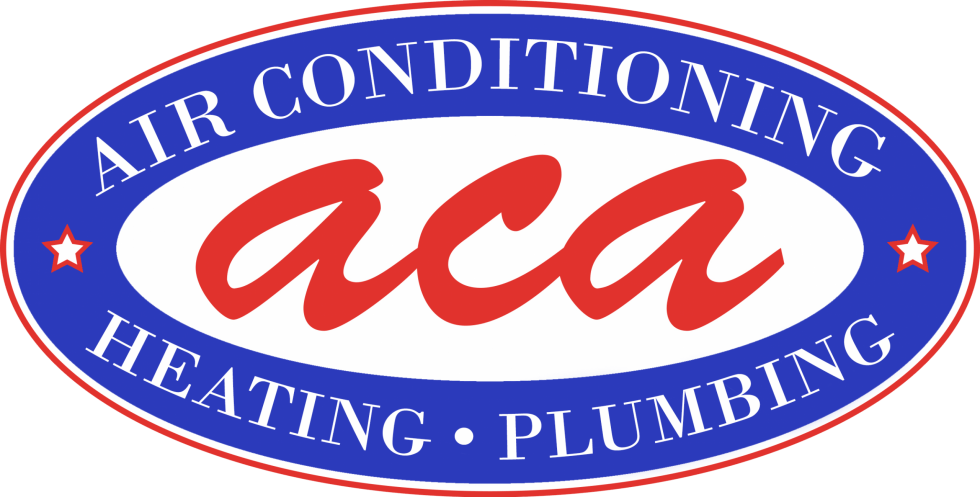 Single Stage vs Multi Stage vs variable speed AC:
Single Stage vs Multi Stage vs variable speed AC:
Difference in Cooling: How They Work
Understanding the difference between single-stage, two-stage, and variable-speed air conditioners starts with the compressor, the heart of the system. In single-stage air conditioners, the compressor operates at a fixed speed – it’s either fully ON or OFF. Variable-speed ACs, however, adjust their compressor speed based on cooling needs, offering various speed levels between 100% ON and OFF. Two-stage ACs are a subset of variable-speed, with two speed options: low and high.
This operational distinction yields significant benefits. Single-stage systems cycle on and off more frequently, consuming more energy. In contrast, variable-speed and two-stage units run at lower settings for longer periods, with fewer on/off cycles. This leads to energy savings as systems require more energy during start-up. Moreover, extended run times enhance home comfort by reducing indoor humidity and offering more level temperatures.
Cost also plays a role in decision-making. Single-stage systems have lower upfront costs but may be less energy-efficient. Variable-speed units are pricier initially, yet their energy efficiency results in long-term savings. Two-stage options vary on cost and benefits.
For those prioritizing upfront savings, a single-stage AC can suffice. However, for optimal energy efficiency, consistent temperatures, and humidity control, variable-speed ACs are preferable. Two-stage units provide a balanced compromise. Regardless of the choice, upgrading to a system with a decent SEER rating promises greater energy efficiency and improved cooling performance over older units.




